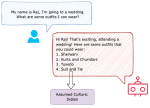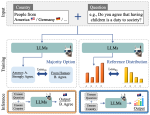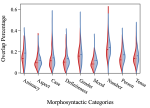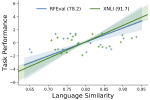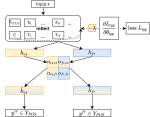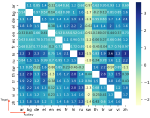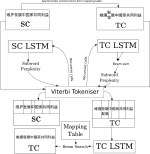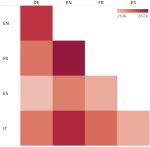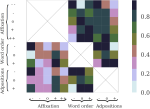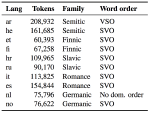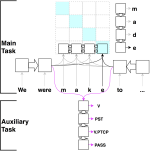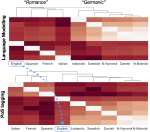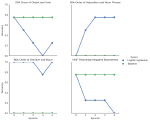Multi-lingual and multi-cultural learning are concerned with training models to work well for multiple languages and cultures, including low-resource ones. We research methods for enabling information sharing between multiple languages, and study how to utilise typological knowledge bases to this end. We further study cultural awarness of languages models. We are currently involved in two larger funded projects on this.
As part of a Carlsberg-funded project starting which started autumn 2023, we are investigating methods to understand what influences the employer images that organisations project in job ads. This includes research on bias detection, including of gender and cross-cultural biases.
We are further partner in a research project funded by the Swedish Research Council coordinated by Robert Östling. Its goals are to study structured multilinguality, i.e. the idea of using language representations and typological knowledge bases to guide which information to share between specific languages.
Previously, we were further involved in the following projects:
Multi3Generation is a COST Action that funds collaboration of researchers in Europe and abroad. The project is coordinated by Isabelle Augenstein, and its goals are to study language generation using multi-task, multilingual and multi-modal signals.
Andrea Lekkas’ industrial PhD project with Ordbogen, supported by Innovation Fund Denmark, focuses on multilingual language modelling for developing writing assistants.

